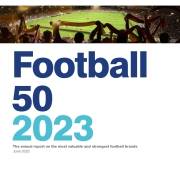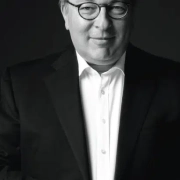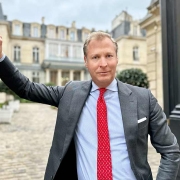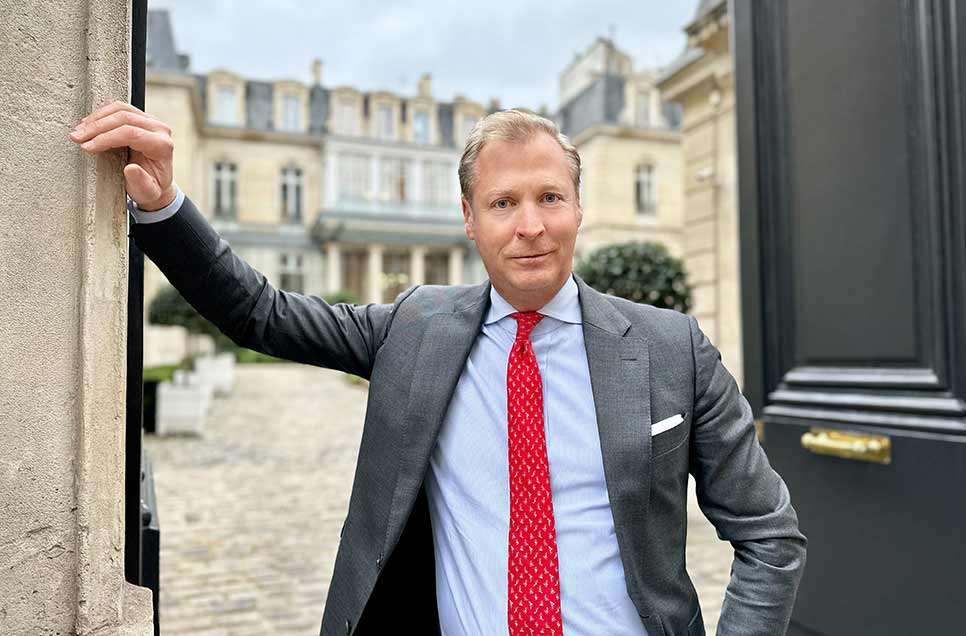The Directorate General of Foreign Trade (DGFT) has increased incentives for coir geotextiles and coir pith products, which promotes the market growth. The, as these products are low valued items.”
— Allied Market Research
PORTLAND, 5933 NE WIN SIVERS DRIVE, #205, OR 97220, UNITED STATES, July 4, 2023/EINPresswire.com/ — According to a new report published by Allied Market Research, titled, “Coco Coir Market by Product, Application, and Consumer: Opportunity Analysis and Industry Forecast, 2020–2027,” the coco coir market size was valued at $369.70 million in 2019, and is expected to garner $525.70 million by 2027, registering a CAGR of 8.2% from 2020 to 2027
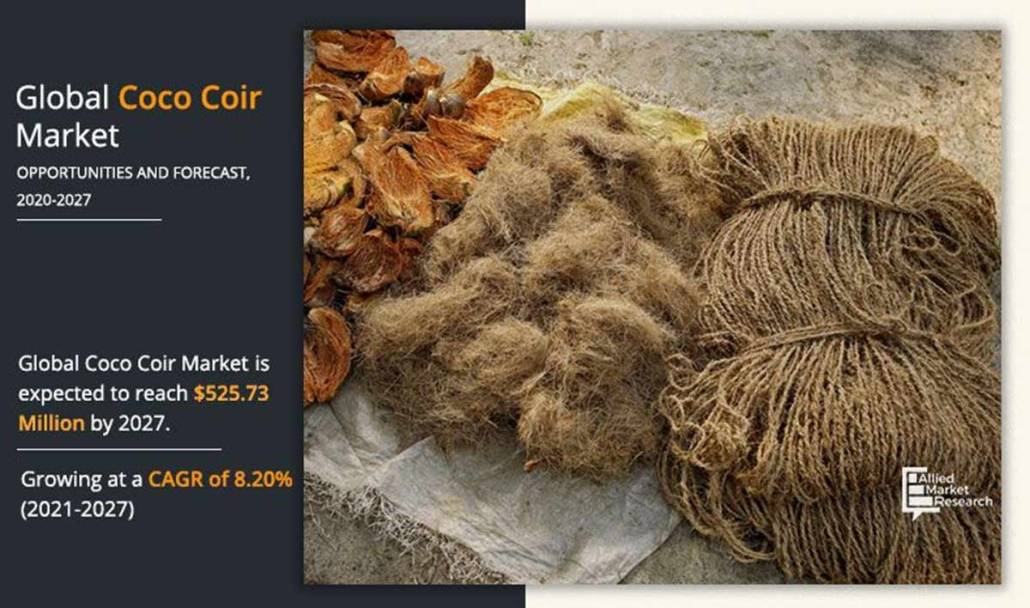
The key players operating in the coco coir industry are the Firedust, Pilipinas Ecofiber Corporation, Universal Coco Indonesia, Lima Group, Pelemix Ltd., Consarc Pvt Ltd., Bali Coco Fiber, Cocofiber, Coco Green Pvt Ltd., and Lanka Coco Products.
Download PDF Sample : https://www.alliedmarketresearch.com/request-sample/7221
Hydroponics is an effective way to grow vegetables and fruits such as tomatoes, lettuce, and cucumber. The demand for hydroponic tomatoes is increasing rapidly, as they offer more nutritional benefits than soil-grown tomatoes. Hydroponic tomatoes eliminate the variables, such as pH, salinity, disease, and poor drainage. Other hydroponic vegetables such as lettuce and cucumber offer similar benefits to consumers. Coir pith is one of the most used growing media for the hydroponics system. Coir pith exhibits properties such as better air-to-water ratio and wide variations in carbon to nitrogen ratio, which help the crops to grow without any restraints.
Surge in demand for hydroponic fruits and vegetables provides lucrative opportunities for the growth of coco coir market forecast period. Geotextile products are used for controlling soil erosion and increasing soil stability. Geotextiles are utilized in civil engineering, agricultural, and horticulture. Traditionally, synthetic polymers were used for manufacturing geotextiles, however, coir has emerged as an eco-friendly and low-cost substitute. In horticulture and hydroponics industries, coir geotextiles are suitable for use, as they absorb water and control soil erosion. Wide applicability of geotextile products and eco-friendly property of coir geotextiles significantly contribute toward the growth of the global coco coir market.
Coir geotextile is a large continuous sheet used to uncover slope or surfaces that are prone to erosion. . This coir-based sheet reduces raindrop force, runoff rapidity, and surface erosion on disturbed soils. In addition, it may safeguard new plant life and promote growth of plant life by slowing evaporation of water from soil, thus retaining soil humidity. Coir geotextile—a 100% organic and environmental fiber with high durability—is now being successfully employed for enhancing soil behavior, preventing soil erosion, and helping in consolidation of soil. Increase in demand for functional and high-performance textiles in agriculture, road construction, and erosion control applications and development of the construction industry are anticipated to accelerate the coco coir market growth.
Make an Enquiry : https://www.alliedmarketresearch.com/purchase-enquiry/7221
Furthermore, this product has gained increased traction in the coco coir market, owing to its superior benefits such as liquid repellency and mechanical strength. Moreover, rise in investments by government in public utility infrastructure owing to rapid industrialization is expected to drive the coco coir market growth. The efforts to control soil erosion and restore degraded lands with the help of geotextiles are projected to offer remunerative opportunities for the expansion of the coco coir market in the coming years.
The outbreak of COVID-19 has severely impacted the global economies, and has caused severe disruption in supply chain. Coir is a by-product of coconut, and as the processing and manufacturing of agricultural products has been hit, it could affect the production of coir. Similarly, lockdown has disrupted the end-use industry of coir, thus negatively impacting coco coir market trends.
Moreover, suspended trade activities have stopped the supply of coir products to Europe and North America where it is majorly being used. South Asian countries account for a major production of coir, and as production has been affected, the coir stock could be disrupted. Nonetheless, this overall scenario could be for a limited time, as after the pandemic is brought under control, the coir market is projected to grow at a significant rate. Thus, the COVID-19 outbreak is expected to have a moderate impact on the global coir market.
The global coco coir market is segmented into products, application, consumer, and region. Depending on product, the market is categorized into coco coir grow bags, bales, coir materials, open tops, blends & loose substrate, and others. By application, it is differentiated into rope & cordage, coco nets & twines, stitched mats, coconut meals, husk, and others. On the basis of consumer, is bifurcated into green houses and sellers.
Connect to Our Analyst : https://www.alliedmarketresearch.com/connect-to-analyst/7221
Key findings of the study
On the basis of product, the coco coir grow bags segment was the highest contributor to the market, and is expected to grow at a CAGR of 6.70% from 2020 to 2027.
By application, the coconut meals segment led the market in terms of value in 2020, and is estimated to grow at a CAGR of 12.20% from 2020 to 2027.
Deepening on the consumer, the green houses segment is expected to grow at a steady CAGR of 7.50% from 2020 to 2027.
Region wise, North America is expected to grow at a steady CAGR of 6.80% from 2020 to 2027.
Browse Related Reports :-
Cattle Feed Market
David Correa
Allied Analytics LLP
+1 800-792-5285
email us here








